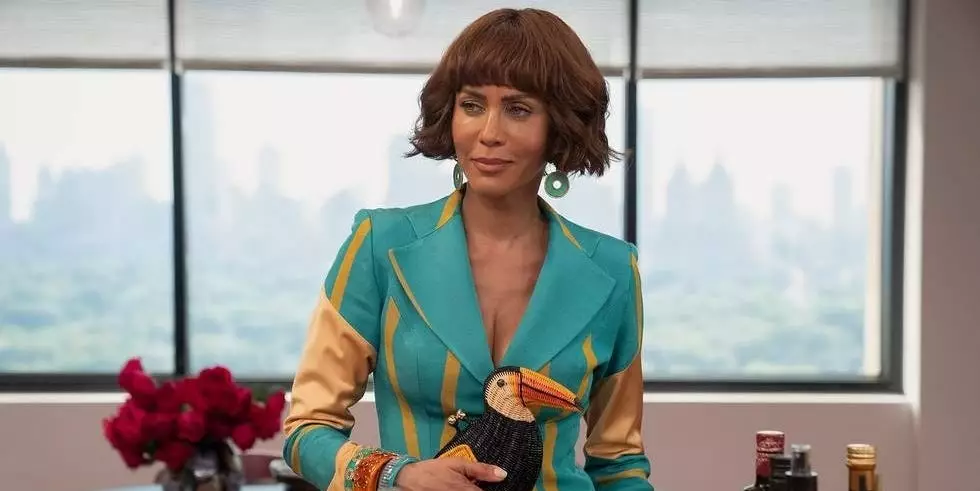One of the most glaring issues plaguing contemporary television series is the frequent mishandling of continuity, which ultimately undermines audience trust and immersion. The recent example from the “And Just Like That…” series exemplifies this problem perfectly. The show introduces conflicting information about Lisa Todd Wexley’s father, revealing his death in one episode and then implying he is alive in another. Such inconsistencies do more than cause confusion—they diminish the credibility of the story and betray the viewers’ investment in the narrative. Audiences today are discerning and expect coherence; failing to deliver this erodes loyalty and enthusiasm for the series.
Creative Oversights and Their Consequences
The inclusion of Billy Dee Williams as Lisa’s father in Season 2, followed by later references to his death, showcases a lack of meticulous script oversight. This inconsistency suggests a superficial approach to storytelling, where continuity is sacrificed for the sake of dramatic convenience or production oversight. Such slip-ups hint at underlying issues within the creative process—perhaps rushed production schedules or inadequate script revisions. These errors can create a fractured viewing experience, making viewers question what they are being told — and, by extension, the integrity of the entire narrative.
Impact on Character Development and Viewer Empathy
Accurate character backgrounds are vital for fostering genuine emotional connections. When key details about characters—like the death of a family member—are altered or presented inconsistently, it hampers viewer empathy. In “And Just Like That…”, the revelation of Lisa’s father’s death is supposed to serve as a pivotal emotional moment that influences her actions and reactions. However, the conflicting timelines dilute this impact, reducing her grief to a confusing narrative plothole rather than a meaningful character development. Such missteps can make audiences dismiss the storyline as superficial, rather than a genuine exploration of human emotion.
The Industry’s Responsibility and What Should Change
The prevalence of such continuity errors signals a broader industry problem: the need for rigorous editing and storytelling standards. Writers, producers, and network executives should prioritize transparent, detailed planning of character arcs and plot timelines. This entails thorough fact-checking, cross-referencing previous seasons, and engaging dedicated continuity editors. Only through heightened diligence can the industry maintain the trust of its viewers, who are increasingly adept at detecting inconsistencies and are less forgiving of careless storytelling. As audiences become more invested and vocal, the time has come for creators to step up and respect the intelligence and patience of their viewers.
In essence, the ongoing struggle with narrative coherence reveals much about the current state of television storytelling. If producers neglect these fundamental principles, they risk losing not just viewers but the respect that genuine storytelling commands.

